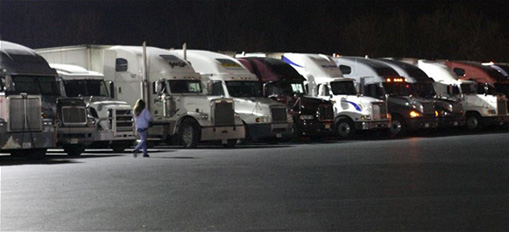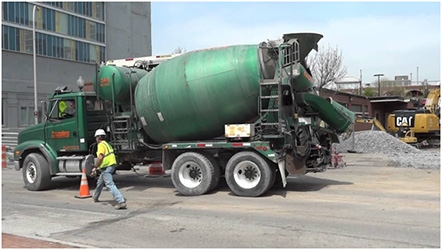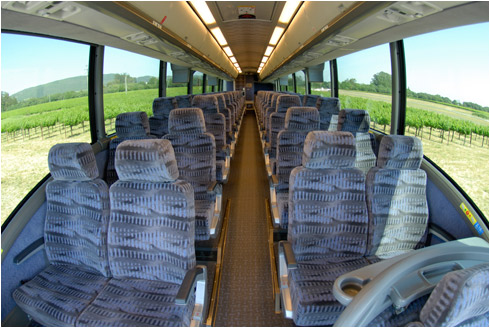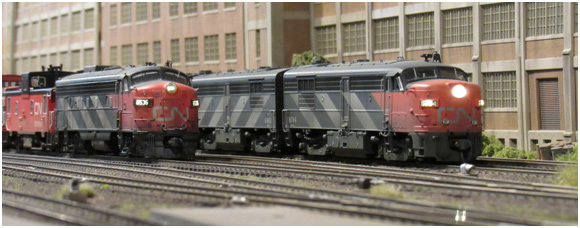 The term idling refers to the continuous operation of a vehicle’s main propulsion engine while the vehicle is stopped. Idling is common in traffic conditions, especially during urban driving, such as at traffic lights or in stop and go driving during traffic congestion. However, idling periods in traffic are relatively short.
There is more concern over long periods of idling of heavy duty diesel engines while the vehicle is parked and not in active service. This may have more of an adverse environmental impact and be a source of significant additional—and often unnecessary—fuel consumption.
The term idling refers to the continuous operation of a vehicle’s main propulsion engine while the vehicle is stopped. Idling is common in traffic conditions, especially during urban driving, such as at traffic lights or in stop and go driving during traffic congestion. However, idling periods in traffic are relatively short.
There is more concern over long periods of idling of heavy duty diesel engines while the vehicle is parked and not in active service. This may have more of an adverse environmental impact and be a source of significant additional—and often unnecessary—fuel consumption.
In the US alone, approximately 2 billion gallons of fuel is consumed by idling diesel engines in commercial trucks. This does not include idling from locomotives or off-road vehicles.
Particulate Matter emissions at engine idle can show a much larger number of particles than operation at load. These particles have also been reported to be much smaller (20 nm) than those at load (60 nm).
Overnight Idling
A suspected major source of idle emissions are long-haul trucks, which are routinely idled overnight, mainly to provide cab heating and air conditioning.



Idling as part of workday
Another type of idling is done by various vocational trucks during their workdays. These trucks are using their main engines to accomplish work other than moving the vehicle down the road. Examples include cement mixers that rotate and asphalt trucks that heat their loads to keep it from getting too viscous.
 Waiting
Waiting
The third type of idling is most succinctly described as “waiting” and can be divided into two categories, depending on whether the truck is simply parked or waiting in a queue, needing to move forward every few minutes to maintain its place in the line. The term for waiting in a line is “creep mode.”
 Motor Coaches
Motor Coaches
Motor coach buses are another vehicle category that can experience long periods of idling of their main propulsion engine. This is primarily to maintain a comfortable interior compartment for passengers (heat or air conditioning). While not as numerous as trucks, coaches have attracted attention because, due to their large interior compartment, maintaining a comfortable interior temperature requires substantially more idling time than the typical longhaul truck or personal passenger vehicle [EPA 2006].
 Locomotives
Locomotives
Another significant source of diesel idle emissions can be railway locomotives. Unlike trucks, most locomotive engines do not use anti freeze in their cooling systems. Thus, locomotives must idle their engines when the temperature drops below about 4°C (40°F) to prevent freezing of engine cooling water, thickening of engine oil and fuel and to maintain battery charge. At temperatures above 4°C, locomotives may idle to maintain a readily available engine, and/or to maintain comfortable temperatures inside the operator cab.
LeefH2 and Idling Emission Reduction
Our initial research on various diesel engine types has shown a 12% reduction in fuel usage, 43% - 50% reduction in particulate matter, a 24% reduction in Carbon Monoxide and a 20% reduction in NOx.
It is clear that this technology can have a big impact on both fuel savings and emission reduction if a serious effort for implementation is adopted.